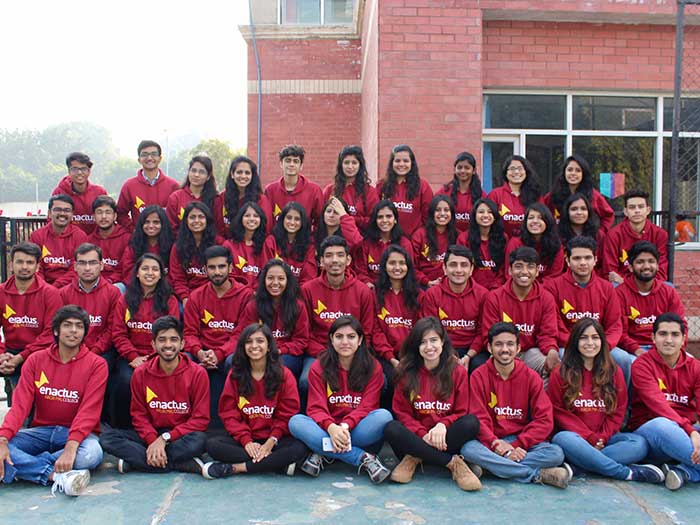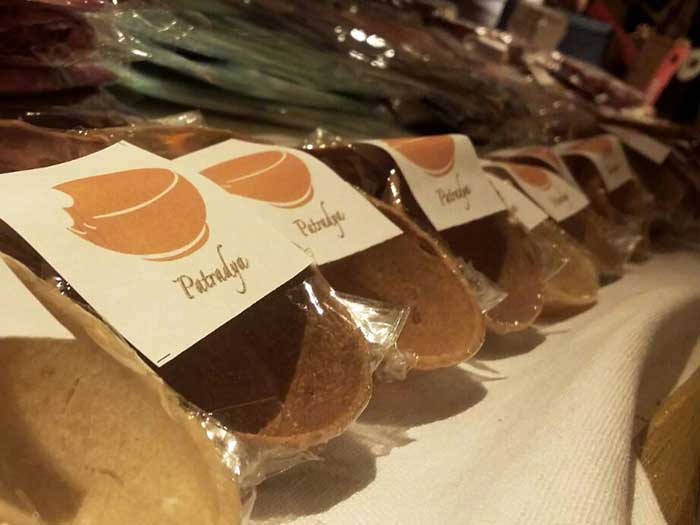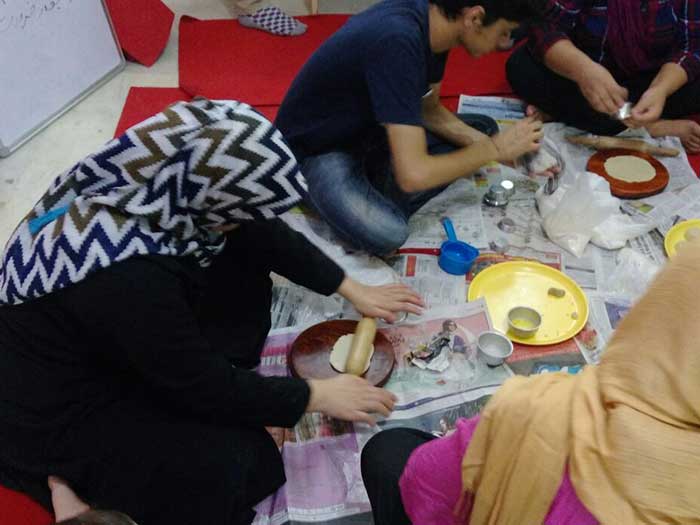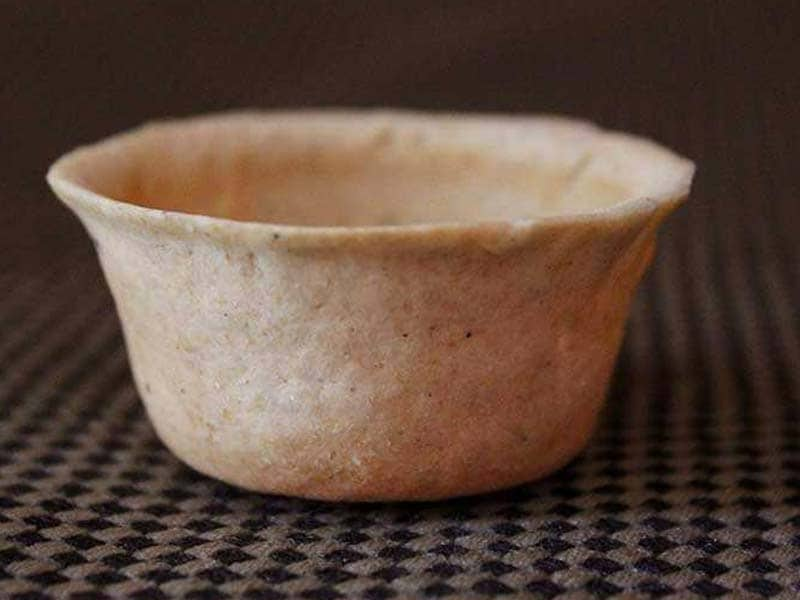Can Edible Cutlery Replace Plastic Disposables?
Students from Kirori Mal College, Delhi University have started Project Patradya, a two tier model based on finding alternatives for plastic products. While searching alternatives for plastic cutlery, the idea of edible utensils caught their attention.
-
.jpg) Around 56 lakh tonnes of plastic waste is generated annually in India and Delhi alone accounts for 250,000 tonnes yearly. Since plastics are non-biodegradable, these end up getting accumulated in the landfills which are already way beyond their lifespan and are overflowing.
Around 56 lakh tonnes of plastic waste is generated annually in India and Delhi alone accounts for 250,000 tonnes yearly. Since plastics are non-biodegradable, these end up getting accumulated in the landfills which are already way beyond their lifespan and are overflowing. -
 To combat this issue, 40 students from Kirori Mal College started an initiative, Project Patradya which aims at finding alternatives for plastic products and one such alternative is edible utensils. This project is supported by Enactus India, a global non-profit organisation community of students.
To combat this issue, 40 students from Kirori Mal College started an initiative, Project Patradya which aims at finding alternatives for plastic products and one such alternative is edible utensils. This project is supported by Enactus India, a global non-profit organisation community of students. -
 This is how they got the idea: Their college is located in an area which is surrounded by cafes, restaurants and roadside shacks. Plastic disposables are either strewn all over the places or the garbage bins would see heaps of these plates. While finding alternatives for plastic utensils they came up with the idea of edible cutlery.
This is how they got the idea: Their college is located in an area which is surrounded by cafes, restaurants and roadside shacks. Plastic disposables are either strewn all over the places or the garbage bins would see heaps of these plates. While finding alternatives for plastic utensils they came up with the idea of edible cutlery. -
 Ranging from cups to bowls, these edible cutlery are made from multigrains like wheat, rice and jowar. These utensils come in a variety of flavours including chocolate and mint. The students are working with a team of professional bakers to get the recipe correct. Each ingredient in right proportion is mixed to make the dough, then they are turned into sheets and finally moulded.
Ranging from cups to bowls, these edible cutlery are made from multigrains like wheat, rice and jowar. These utensils come in a variety of flavours including chocolate and mint. The students are working with a team of professional bakers to get the recipe correct. Each ingredient in right proportion is mixed to make the dough, then they are turned into sheets and finally moulded. -
 Benefits of the edible products: Unlike plastics which can't be consumed and are rapidly filling our dumping grounds, these edible cutlery have been certified fit for human consumption by Food Safety and Standards Regulations. These come with a storage period of 20 days and even if you don't want to consume these utensils, they can be planted causing zero wastage.
Benefits of the edible products: Unlike plastics which can't be consumed and are rapidly filling our dumping grounds, these edible cutlery have been certified fit for human consumption by Food Safety and Standards Regulations. These come with a storage period of 20 days and even if you don't want to consume these utensils, they can be planted causing zero wastage. -
 Project Patradya is not only fighting against plastic waste but is even empowering refugee women from Afghanistan by providing them with job opportunities. Only these women have been employed to make edible cutlery.
Project Patradya is not only fighting against plastic waste but is even empowering refugee women from Afghanistan by providing them with job opportunities. Only these women have been employed to make edible cutlery. -
 The project has been started at a low scale and these products haven't been rolled out to hit the stores yet. To buy these products, one can go to the project's Facebook page and place the order. The price of the bowl depends on its size, starting from ?5 per piece to ?8.
The project has been started at a low scale and these products haven't been rolled out to hit the stores yet. To buy these products, one can go to the project's Facebook page and place the order. The price of the bowl depends on its size, starting from ?5 per piece to ?8.
Advertisement
Advertisement
Advertisement
